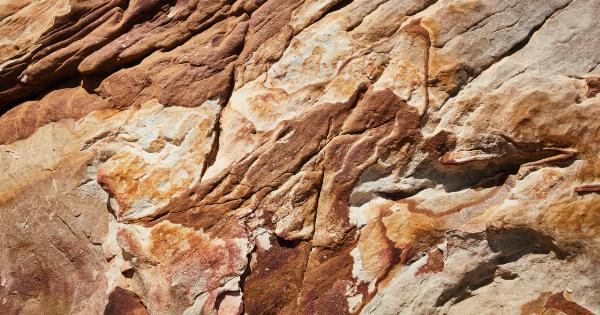Dealing with dry skin can be a challenge as it leads to itchiness and irritations. However, when you start noticing thick, red patches appearing on different parts of your body, it could be a sign of a skin condition known as psoriasis.
Psoriasis is a chronic disease that often requires medical attention, but it’s possible to manage the condition better if you catch it early. The following tips and advice can help you distinguish between dry skin and psoriasis.
What is Psoriasis?
Psoriasis is a skin condition where the immune system triggers the production of new skin cells much faster than usual, causing them to build up on the surface, where they form red, scaly patches or plaques.
Psoriasis often appears on the elbows, knees, and scalp, but it can also affect other parts of the body. The condition is chronic and can be triggered by stress, infections, scratches, or a reaction to certain medications.
Differentiating Between Dry Skin and Psoriasis
It’s not always easy to know whether you’re dealing with dry skin or psoriasis, as both may present similar symptoms. However, there are some signs that can indicate the presence of psoriasis, such as:.
1. Itching and Burning Sensations
If your skin is dry, it may feel tight and uncomfortable, but it won’t usually cause any itching or burning sensations.
On the other hand, psoriasis patches can be extremely itchy and painful, and you may feel burning sensations when you touch them.
2. Redness
Both dry skin and psoriasis can cause redness, but with psoriasis, this redness is usually more intense and widespread. Psoriasis plaques can be reddish in color and may extend further than the spot you originally noticed.
3. Flaking and Scaling
Flaking and scaling of the skin are typically associated with psoriasis. Dry skin may also lead to flaky skin, but this is usually not as severe as it is with psoriasis.
The skin flakes are usually thicker, whiter, and more substantial in psoriasis, making it easier to distinguish than dry skin.
4. Thickness and Texture of Skin
If your skin is dry, you may feel that it’s rough or slightly thicker than usual but not to the same extent as psoriasis. In psoriasis, the patches can be very thick, and the skin may look shiny or scaly.
5. Location on the Body
The location of the affected area can also be a pointing factor to determining if it’s psoriasis. Common locations for psoriasis are the knees, elbows, or scalp, however, these skin patches can appear anywhere.
When to See a Doctor?
It’s essential to seek medical attention if you suspect you have psoriasis. A doctor or dermatologist will help you conduct a skin biopsy to see if you have psoriasis and recommend the best line of treatment.
Early detection of psoriasis increases the chances of managing the condition, prevents further spread, and minimizes potential side effects from more progressive psoriasis.
How to Manage Dry Skin and Psoriasis
Dry skin can be managed with consistent use of a moisturizer, not just any moisturizer, but one with a thick and oily consistency to penetrate deeply into the skin.
You can also avoid long, hot showers, and use mild and fragrance-free soaps that won’t irritate the skin. These small lifestyle changes can help manage and soothe dry skin.
On the other hand, psoriasis can also be treated with moisturizing creams or ointments, but various treatments are typically recommended based on the severity of the condition.
Some treatment options include phototherapy, topical medications, oral medications, and biologic drugs, depending on the extent and severity of the condition.
The Takeaway
Distinguishing dry skin from psoriasis can be a challenge, but knowing the difference can be helpful in managing your skin. If the signs or symptoms of psoriasis persist, seek medical advice from a dermatologist.
Otherwise, appropriate care and lifestyle changes can help manage dry skin at home.




























